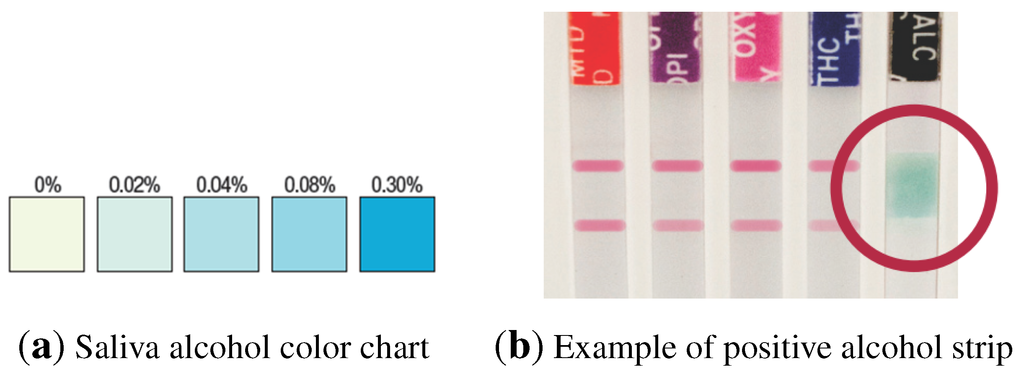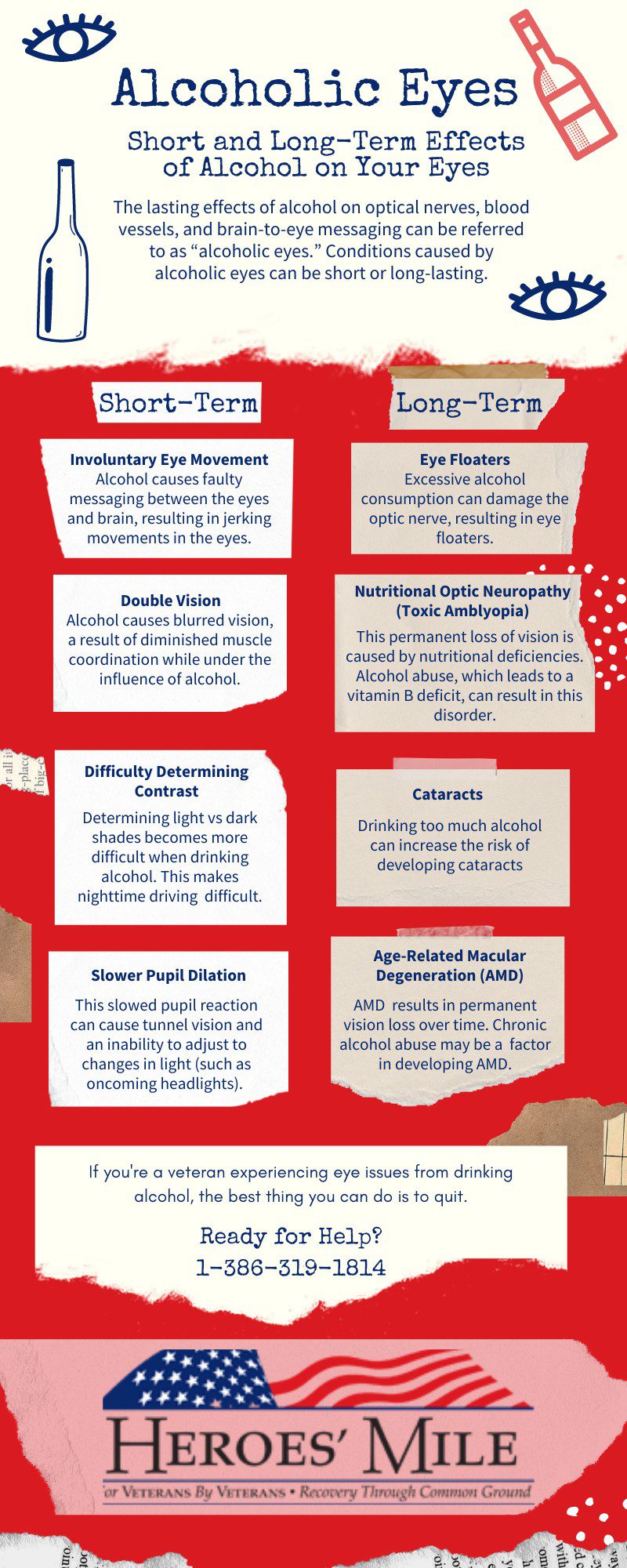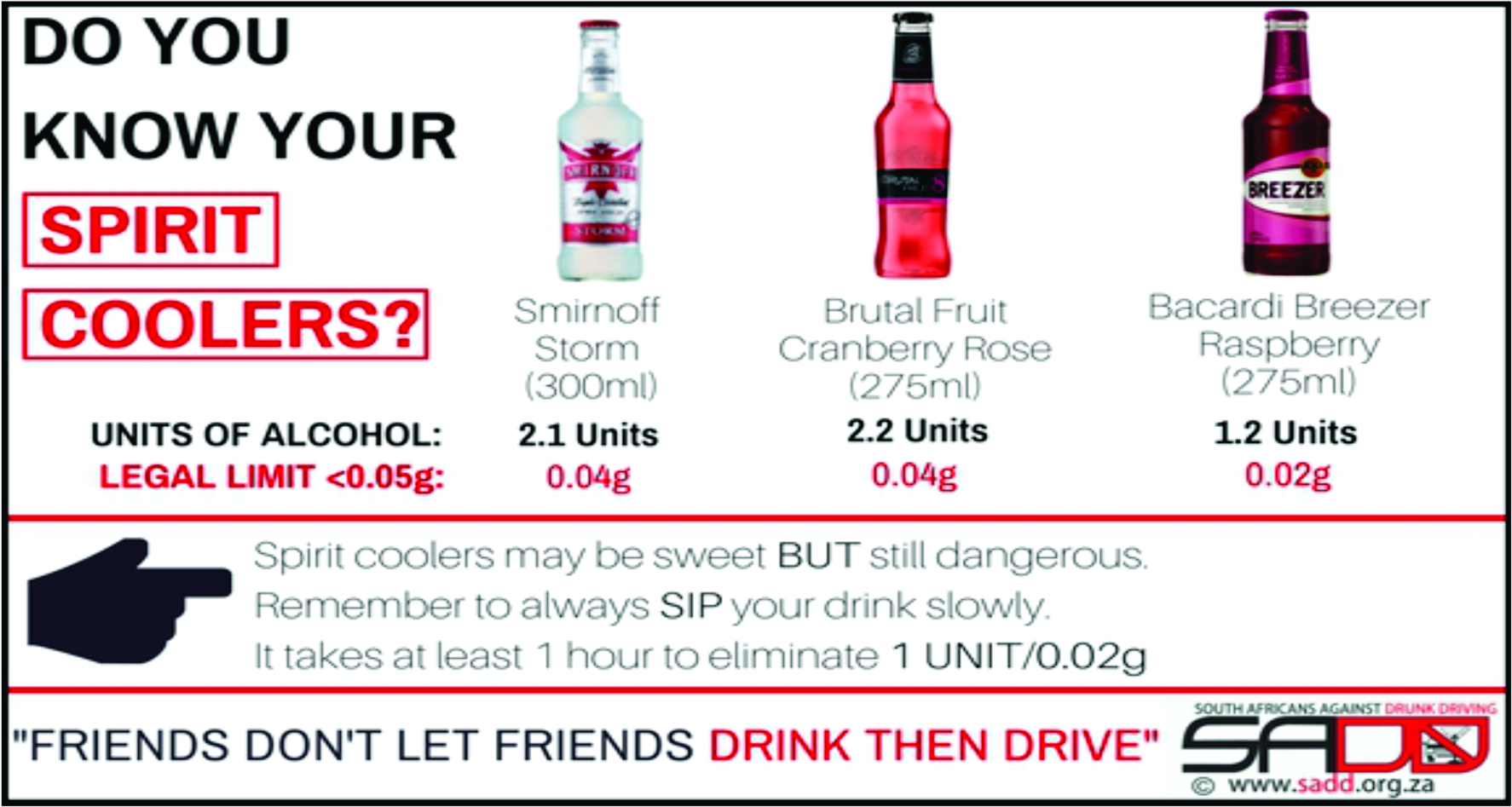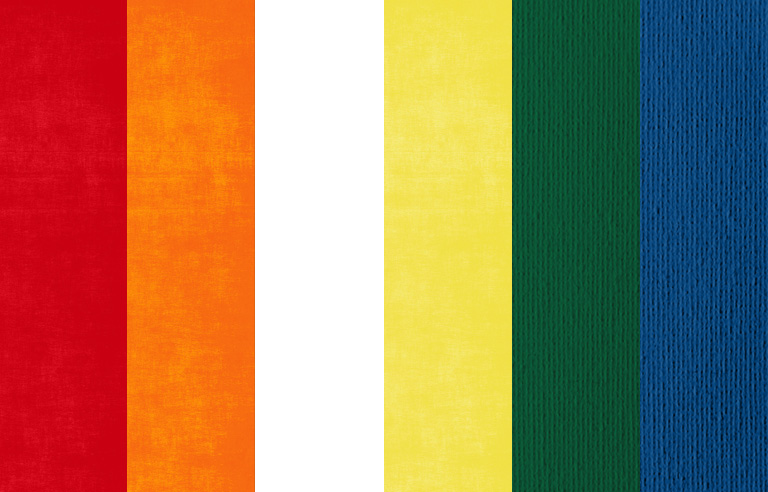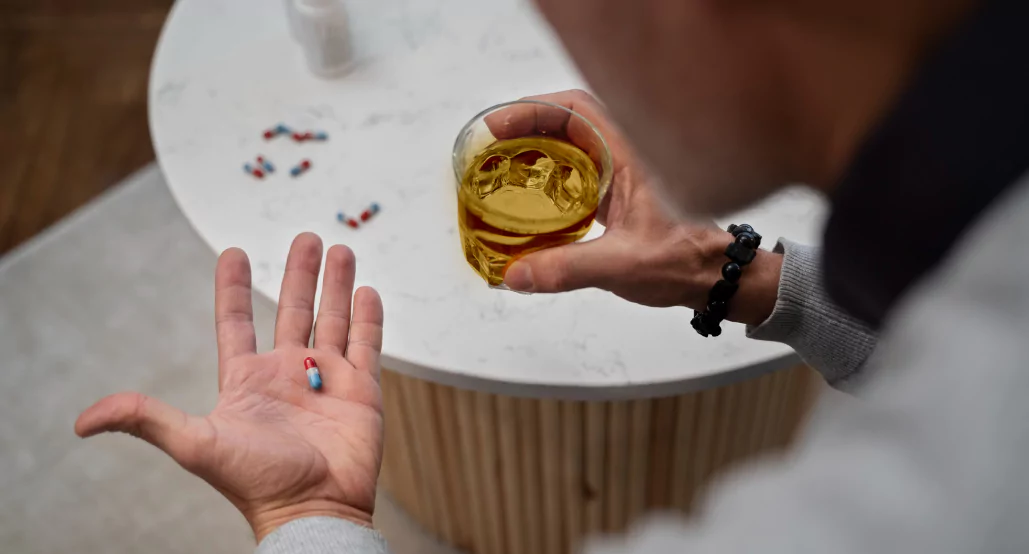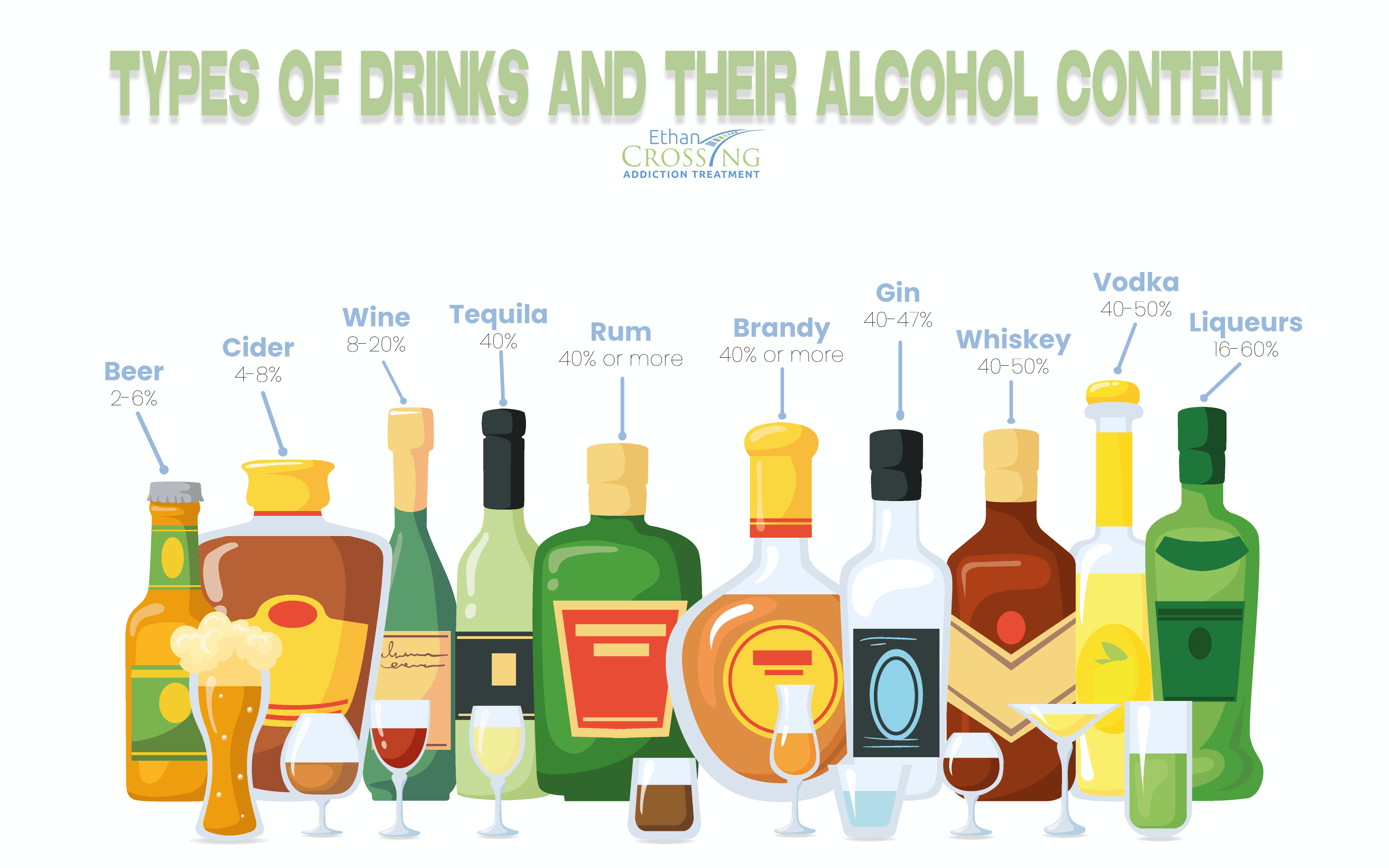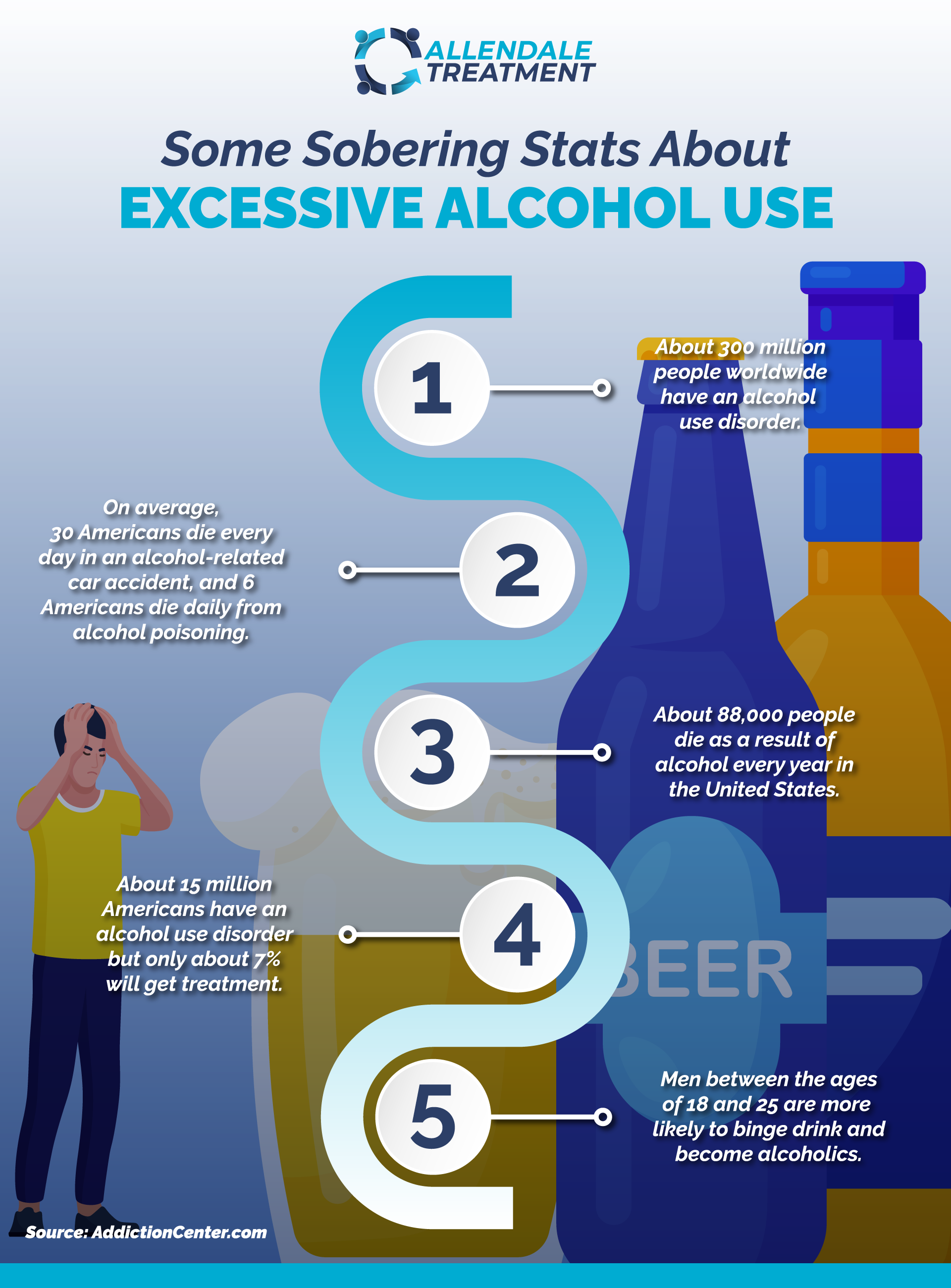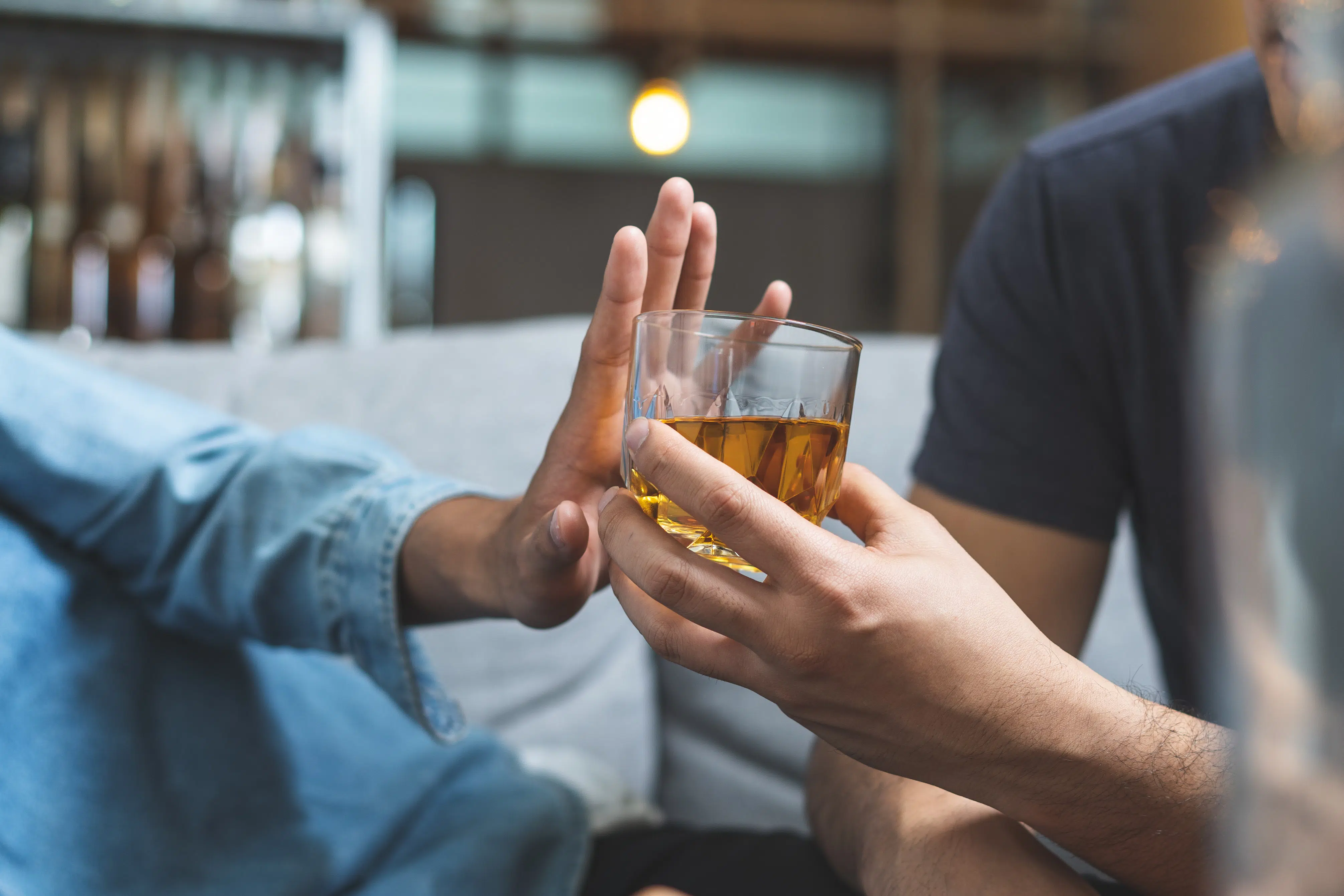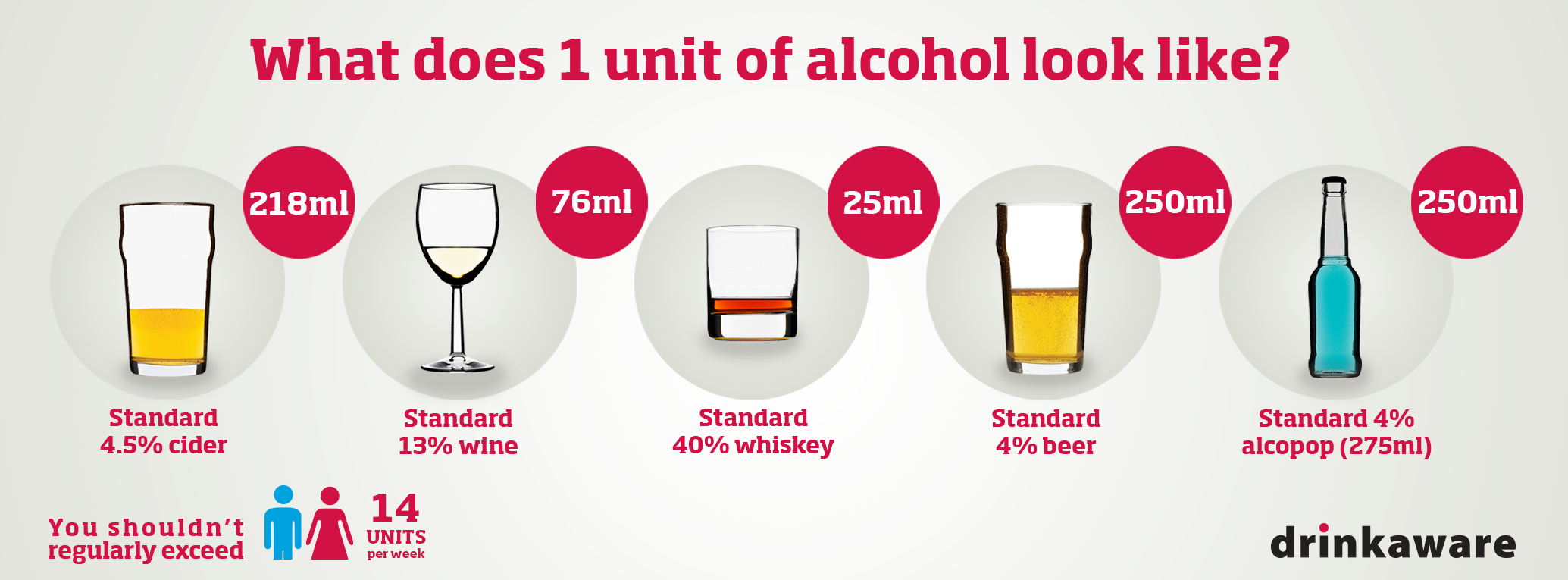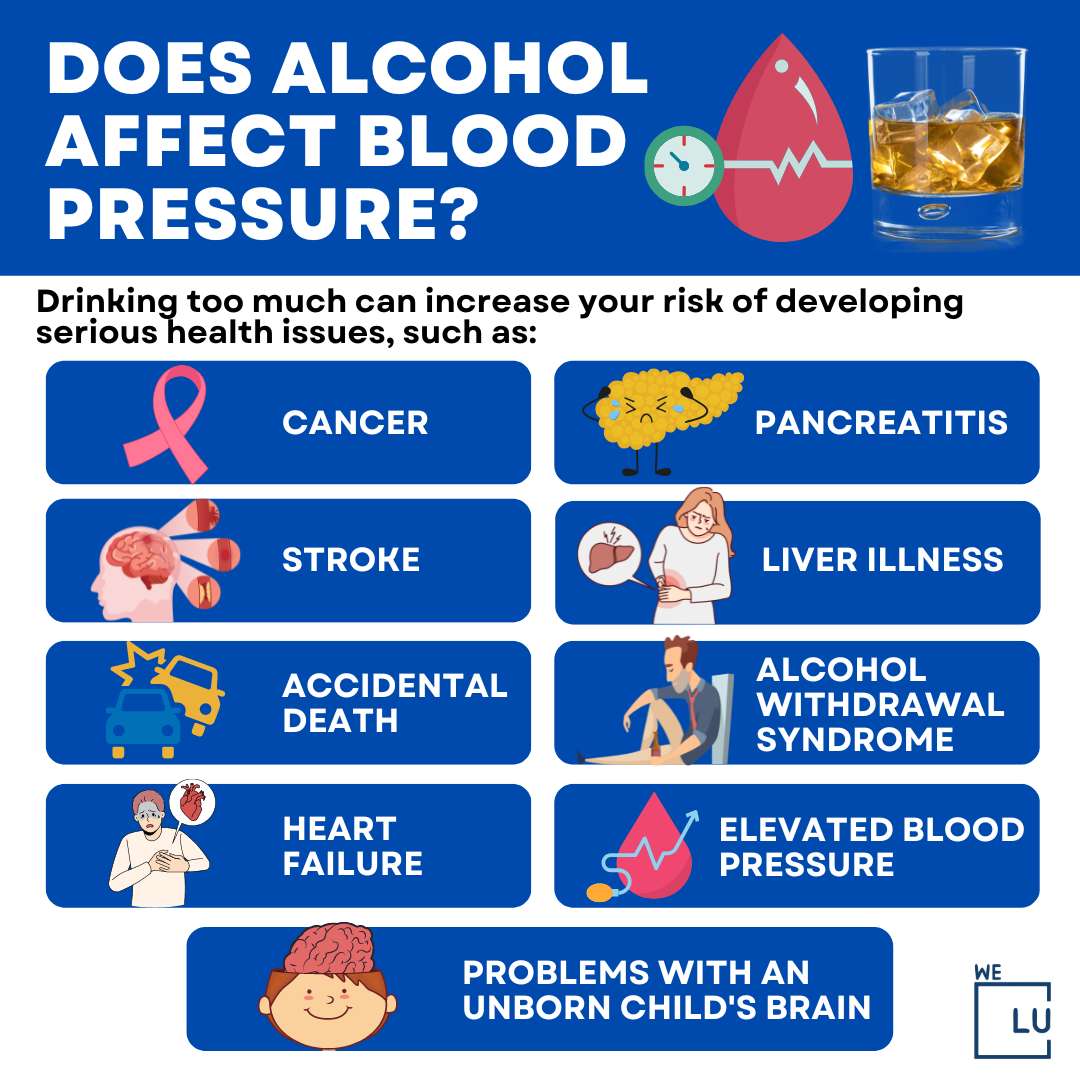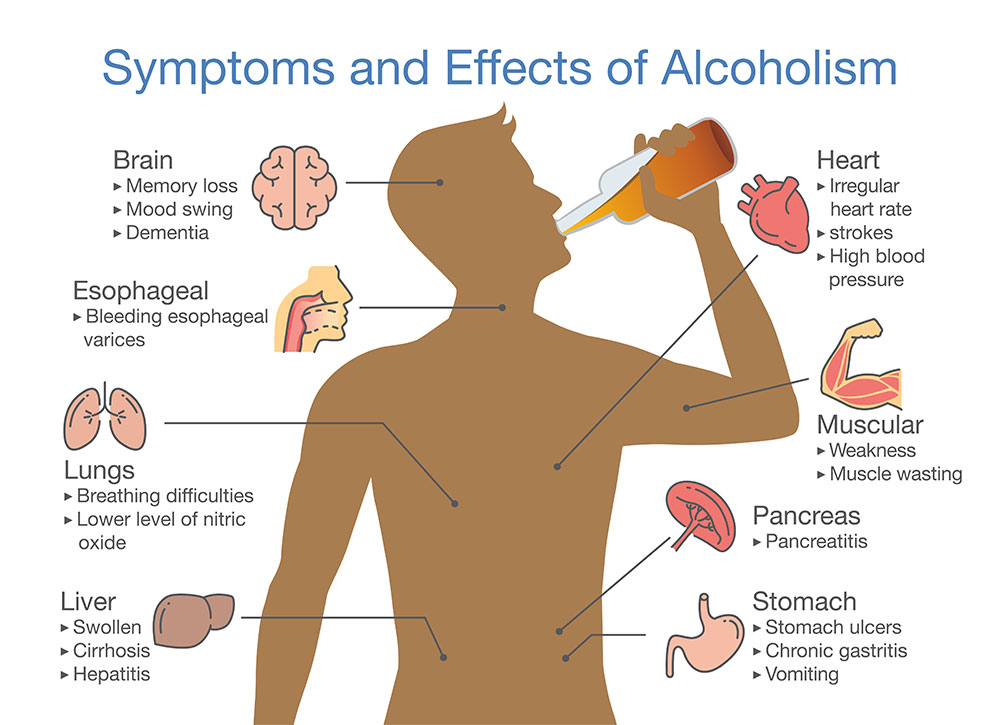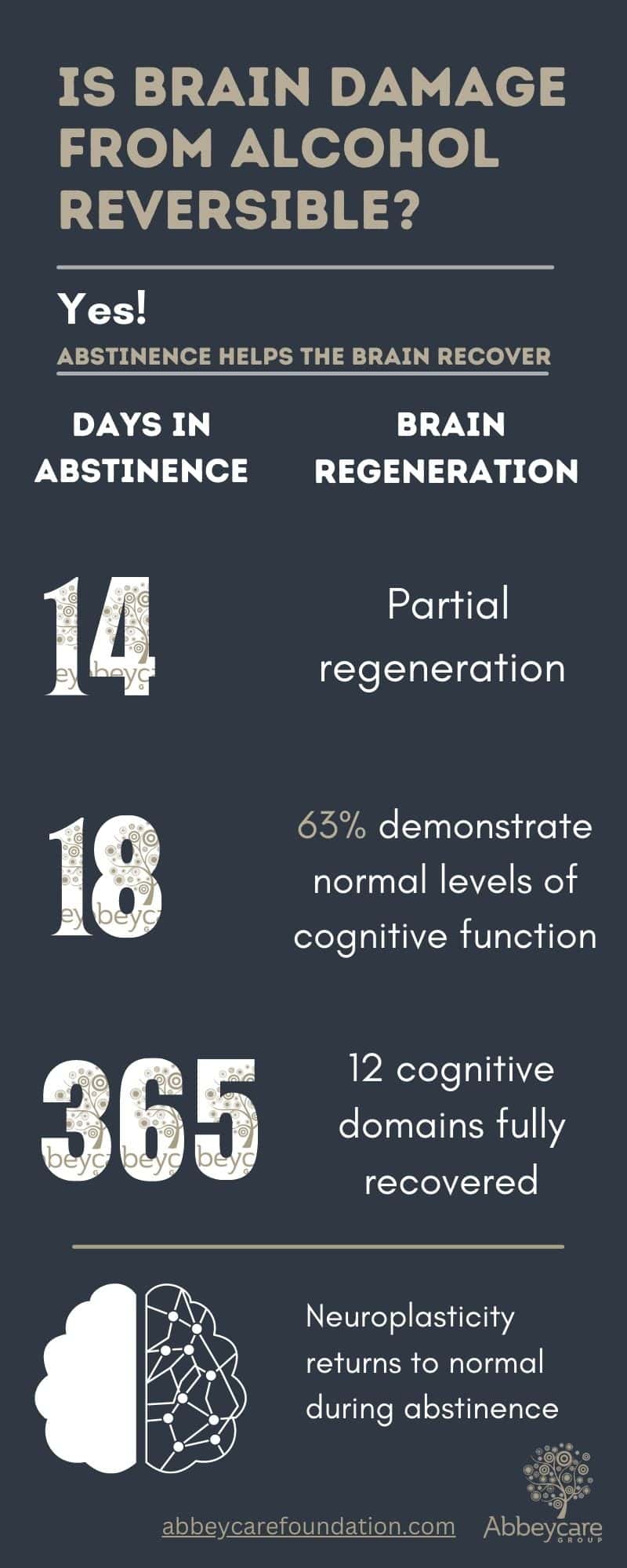Alcohol Can Reduce Your Ability To Distinguish Between Two Colors.

Imagine standing at a vibrant art gallery, the walls splashed with hues of cerulean, magenta, and emerald. You're admiring a piece, the artist's brushstrokes a dance of light and color. Now, picture that same scene, but after a glass or two of wine. Would the colors appear just as vibrant, as distinct? Perhaps not. A growing body of research suggests that even moderate alcohol consumption can subtly alter your perception, particularly when it comes to distinguishing between colors.
This isn't about seeing the world in black and white after a wild night; it's a much more nuanced shift. Studies indicate that alcohol can impair the ability to differentiate between certain colors, specifically within the blue-yellow spectrum. While this might seem like a minor effect, it has significant implications for various aspects of daily life, from driving and professional activities to artistic endeavors and medical diagnoses.
The connection between alcohol and color perception is more intricate than simply blurring the lines of vision. Let's delve into the science behind this phenomenon, exploring its impact on our lives and what we can do to mitigate its effects.
The Science of Color Perception and Alcohol's Influence
Our ability to perceive color is a complex process that involves several components of the visual system. Light enters the eye and strikes the retina, where specialized cells called cones are located. These cones are responsible for detecting different wavelengths of light, which we perceive as color. There are three types of cones, each most sensitive to either red, green, or blue light.
The signals from these cones are then processed by the brain, which interprets the information and creates our perception of color. This intricate process is susceptible to disruption by various factors, including alcohol. Alcohol, a depressant, impacts the central nervous system, slowing down brain activity and interfering with nerve signal transmission.
Several studies have investigated the specific effects of alcohol on color vision. Research consistently demonstrates that alcohol impairs the ability to discriminate between colors, particularly in the blue-yellow range. This impairment occurs because alcohol affects the function of the cones and the neural pathways that transmit color information to the brain.
How Alcohol Impacts the Visual Cortex
The visual cortex, located in the occipital lobe of the brain, is responsible for processing visual information. Alcohol can disrupt the function of the visual cortex, leading to alterations in color perception. Specifically, alcohol can decrease the sensitivity of neurons in the visual cortex that are responsible for processing color signals.
This reduced sensitivity makes it more difficult to differentiate between similar colors. Moreover, alcohol can also affect the neurotransmitters involved in visual processing, such as GABA, which plays a role in inhibiting neural activity. Alcohol enhances the effects of GABA, further reducing neural activity in the visual cortex and impairing color perception.
The Role of Cones and Retinal Function
Alcohol's effects extend to the very sensors that initiate color perception: the cones in the retina. Studies suggest that alcohol can impair the function of these cones, specifically those responsible for detecting blue and yellow light. This impairment may be due to the direct effects of alcohol on the cone cells or to changes in the blood flow to the retina.
Reduced cone function can lead to decreased color sensitivity, making it more difficult to distinguish between shades of blue and yellow. This can have practical implications for activities that require accurate color discrimination, such as painting, driving, and even cooking.
Real-World Implications of Impaired Color Perception
The subtle shifts in color perception caused by alcohol can have more significant impacts than one might initially think. Consider the implications for activities requiring visual precision and quick decision-making.
Driving Safety
One of the most concerning implications of alcohol-induced color perception changes is its potential impact on driving safety. Traffic signals rely heavily on color to convey important information. Even slight impairments in color vision can make it difficult to distinguish between red, yellow, and green lights, potentially leading to accidents.
Furthermore, the ability to perceive and react to the colors of brake lights and other vehicles is crucial for safe driving. Alcohol-induced color blindness, even in a mild form, can slow down reaction times and increase the risk of collisions. This risk is compounded by the fact that alcohol also impairs other cognitive and motor skills necessary for safe driving.
Professional Applications
Many professions rely heavily on accurate color perception. Artists, designers, photographers, and medical professionals all need to be able to distinguish between subtle differences in color. For example, a surgeon needs to accurately assess the color of tissues during an operation, while a pathologist relies on color to diagnose diseases under a microscope.
Alcohol-induced color perception changes can compromise the accuracy of these professionals, potentially leading to errors in diagnosis or treatment. Similarly, in the field of design, subtle differences in color can significantly impact the overall aesthetic of a project, and alcohol can impair a designer's ability to make informed choices. For professions that require a high level of visual precision, it is crucial to avoid alcohol consumption before or during work.
Artistic Expression
Artists use color as a fundamental tool to convey emotion and meaning in their work. Impaired color perception can impact an artist's ability to accurately represent the world around them, potentially altering the intended message or aesthetic of their creations. A painter who cannot accurately distinguish between shades of blue and yellow may create a painting that does not accurately reflect their vision.
Creativity can be affected in unpredictable ways. While some might argue that alcohol could lead to unique, unconventional artistic choices, it's crucial to distinguish between intentional artistic license and unintentional misrepresentation due to impaired perception.
Mitigating the Effects and Moving Forward
While the effects of alcohol on color perception are undeniable, there are steps we can take to minimize its impact. Moderation is key, and awareness of one's limits is crucial.
Responsible Consumption and Awareness
The most effective way to mitigate the effects of alcohol on color perception is to practice responsible consumption. This means being aware of the recommended guidelines for alcohol intake and sticking to them. It also means being mindful of how alcohol affects you personally, as individual tolerance levels can vary.
Avoiding alcohol altogether is the safest option if you need to perform tasks that require accurate color vision. If you do choose to drink, be sure to allow enough time for the alcohol to be metabolized before engaging in such activities.
Further Research and Education
Ongoing research is crucial to deepen our understanding of the intricate link between alcohol and color perception. This includes exploring the specific mechanisms by which alcohol affects the visual system and identifying individuals who may be particularly vulnerable to these effects. Educational campaigns can help raise awareness of the potential risks and encourage responsible drinking habits.
By promoting responsible behavior and prioritizing safety, we can minimize the negative impacts of alcohol on color perception and other aspects of visual function. As we continue to learn more, we can develop more effective strategies for protecting our sight and ensuring that we experience the world in all its colorful glory.
So, the next time you're enjoying a drink, remember that even a subtle change in color perception can have unexpected consequences. Drink responsibly, be aware of your limits, and take care of your eyes – they're your windows to a vibrant world.


